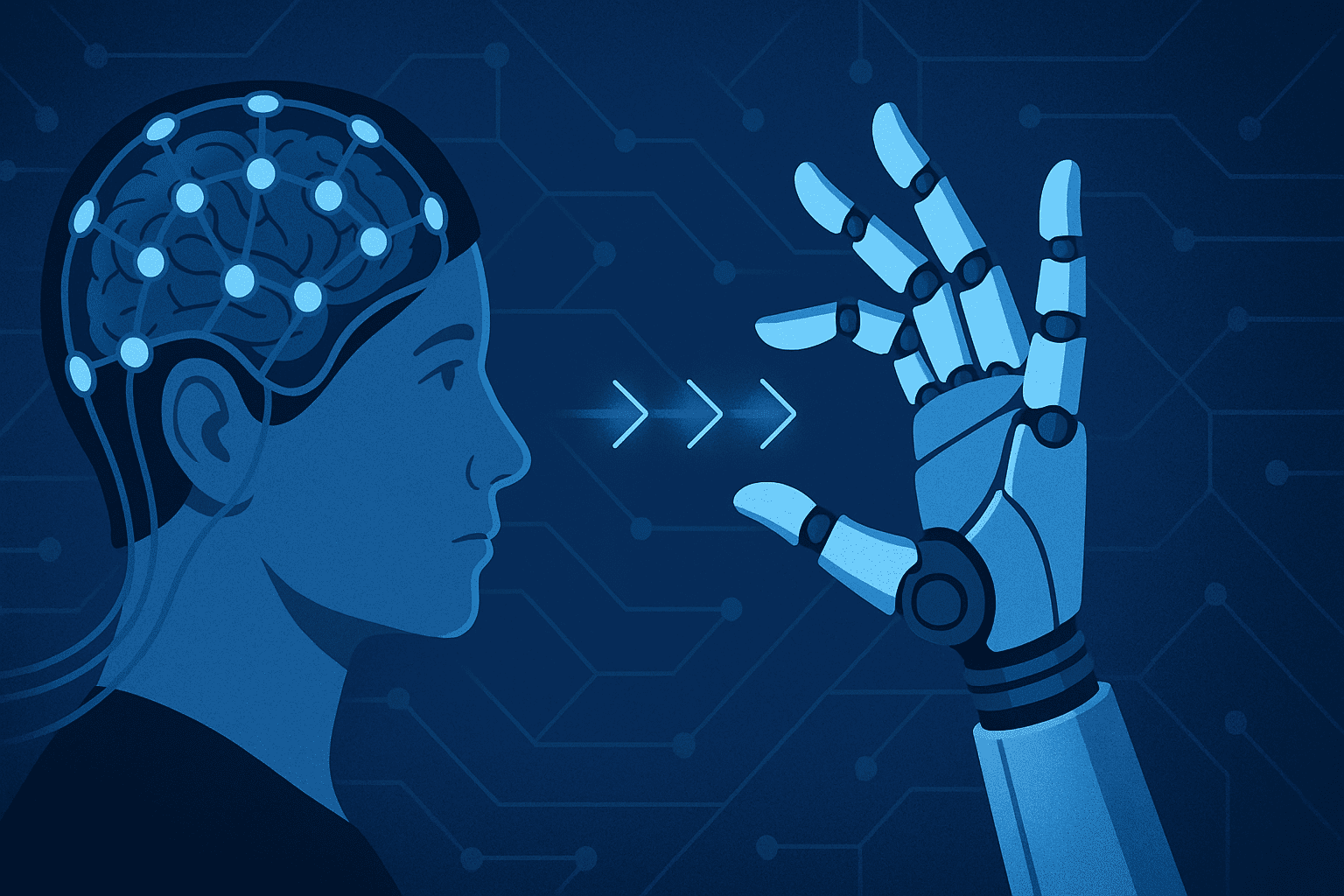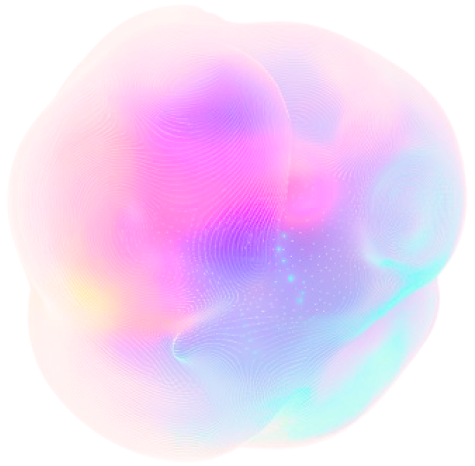Insider Brief
- A new study from Cornell University and the University of the Peloponnese offers a comprehensive framework distinguishing AI Agents from Agentic AI, highlighting structural and operational differences that carry major implications for how intelligent systems are built and applied.
- AI Agents are described as reactive, tool-using programs optimized for single tasks, while Agentic AI refers to coordinated multi-agent systems capable of breaking down complex goals and adapting dynamically.
- The study also outlines limitations of Agentic AI, including coordination complexity, error propagation, and emergent behavior, and calls for future work on memory systems, orchestration protocols, and use-case alignment.
A team of researchers offers one of the first comprehensive frameworks for distinguishing between the current wave of AI agents and a more advanced class of systems known as “Agentic AI” — a difference, the scientists add, with major implications for automation, software development and enterprise AI deployments.
The paper, posted on arXiv and published by researchers from Cornell University and the University of the Peloponnese, lays out a detailed taxonomy separating AI Agents, which are typically single-task tools powered by large language models (LLMs), from Agentic AI, which refers to systems made up of multiple collaborating agents capable of breaking down complex goals and coordinating to achieve them. While both ride on the wave of generative AI, the researchers argue they are architecturally and operationally distinct.
From Chatbots to Teams of Agents
According to the study, AI Agents are software programs designed to perform specific tasks using the reasoning capabilities of models like GPT-4 or Claude. They may use tools, access external data, or execute short sequences of steps, including tasks such as filtering emails, searching company databases, or generating a report summary. In these systems, the AI remains largely reactive: it responds to input but doesn’t set its own goals or work beyond the task assigned.
Agentic AI, by contrast, introduces a new level of complexity. These systems consist of multiple specialized agents that collaborate to solve problems. In this approach, a central orchestrator — think of it as a computerized project manager — may divide a high-level goal into subtasks, assign them to appropriate agents, and integrate the results. These agents may share memory, adapt strategies based on new information and even reassign tasks if conditions change. This enables Agentic AI to tackle goals that would be too broad or dynamic for a single agent to manage.
The difference, the authors argue, isn’t just a matter of scale or performance, it marks a turning point in how intelligent systems are designed, deployed, and evaluated.
They write: “Agentic AI systems mark a significant departure from these paradigms by introducing internal orchestration mechanisms and multi-agent collaboration frameworks… Such architectures fundamentally shift the locus of intelligence from single-model outputs to emergent system-level behavior.”
How is AI Evolving from Chatbots?
Interest in both AI Agents and Agentic AI has surged since late 2022, following the release of ChatGPT and the explosion of open-source agent frameworks like AutoGPT and CrewAI. But as companies race to adopt the latest tools, the distinction between systems has grown blurry. The study’s goal is to bring clarity to this growing space.
The authors classify AI systems into four main categories:
- Generative AI — This creates content like text or images in response to prompts.
- AI Agents — AI Systems that perform specific tasks using tools
- Agentic AI –This system involves orchestrated multi-agent collaboration
- Generative Agents — An emerging class that generates outputs as part of larger workflows.
These categories are laid out in the study with a series of comparison tables covering architecture, autonomy, memory use, coordination and adaptability.
For example, AI Agents are described as having medium autonomy and limited memory, typically executing short, discrete tasks. Agentic AI systems, in contrast, manage complex workflows using shared memory and inter-agent communication, often without human oversight after initial setup.
This distinction matters for system builders, the researchers argue, because design principles, safety protocols, and performance expectations differ sharply between paradigms. A tool built to manage a scheduling calendar should not be confused with one orchestrating multi-agent decisions in a hospital triage setting.
Where Agentic AI Goes Beyond
The study offers practical illustrations of both types of systems. AI Agents are commonly found in customer service bots, internal knowledge assistants and scheduling tools. Agentic AI is beginning to appear in more ambitious applications like automated research assistants, multi-robot coordination and strategic planning software.
In one example, an Agentic AI system might use one agent to search academic papers, another to summarize findings, a third to align proposals with grant requirements and a fourth to format a final draft. These agents work in concert under a central controller, learning from previous iterations and adapting the output based on evolving goals.
This type of layered, collaborative intelligence is what sets Agentic AI apart. Rather than just performing tasks, these systems are capable of managing entire processes.
What Is The Future Agentic AI And AI Agents
Despite the appeal, Agentic AI systems remain in early stages of development, and the researchers are clear-eyed about the limitations. One concern is coordination: as agents become more autonomous, ensuring they align with each other and with human intent becomes more difficult. The complexity of managing shared memory, assigning roles, and resolving conflicts introduces new challenges in design and testing.
Error propagation is another issue. If one agent in a chain makes a mistake — misclassifying a document or selecting the wrong tool — that error can cascade through the system. Without clear oversight, diagnosing and correcting failures becomes harder than with simpler, single-agent systems.
The authors also flag the unpredictability of emergent behavior. As systems gain autonomy, they may produce unexpected or unintended outcomes, especially when faced with ambiguous goals or real-world data. Existing models are not yet equipped to reason causally or explain their decisions in a reliable way.
From a research perspective, evaluating these systems is another challenge. Metrics designed for single-turn interactions or standalone models don’t capture the collaborative dynamics of Agentic AI. New methods will be needed to assess planning depth, coordination accuracy, and adaptability over time.
What Comes Next
The authors suggest there are several directions for future work in the field. These include improving memory architectures, integrating causal reasoning models and developing robust orchestration protocols. There is also growing interest in creating hybrid systems that combine the strengths of modular AI Agents with the coordination abilities of Agentic AI.
In practical terms, the study calls for better alignment between system complexity and use case. Not every application needs a multi-agent setup, and overengineering simple tasks can waste resources. Conversely, treating Agentic AI systems like glorified chatbots can lead to failure in high-stakes domains.
The taxonomy provided by the researchers is intended not just as a conceptual map, but as a practical guide for system designers, investors, and policymakers navigating the expanding landscape of AI tools. As autonomy increases and collaboration becomes more central, understanding what kind of intelligence a system offers — and what kind it doesn’t — will be essential.
For a deeper dive into the taxonomy, please review the researchers’ work on arXiv. Researchers add their studies to arXiv to swift distribute their work for feedback, however works on arXiv typically have not been peer-reviewed.
AI Insider has introduced a seven-layer market mapping framework that presents a full-stack view of the AI ecosystem, addressing the current fragmentation of models, tools, and infrastructure.
The AI Insider has created a seven-layer map of the AI market that can help clear understanding about this stack, which includes businesses and services navigating the AI Agent and agentic AI areas in the map.
Click here to download full version of the report.
For more information, or to connect with our analysts, contact us directly at [email protected]






